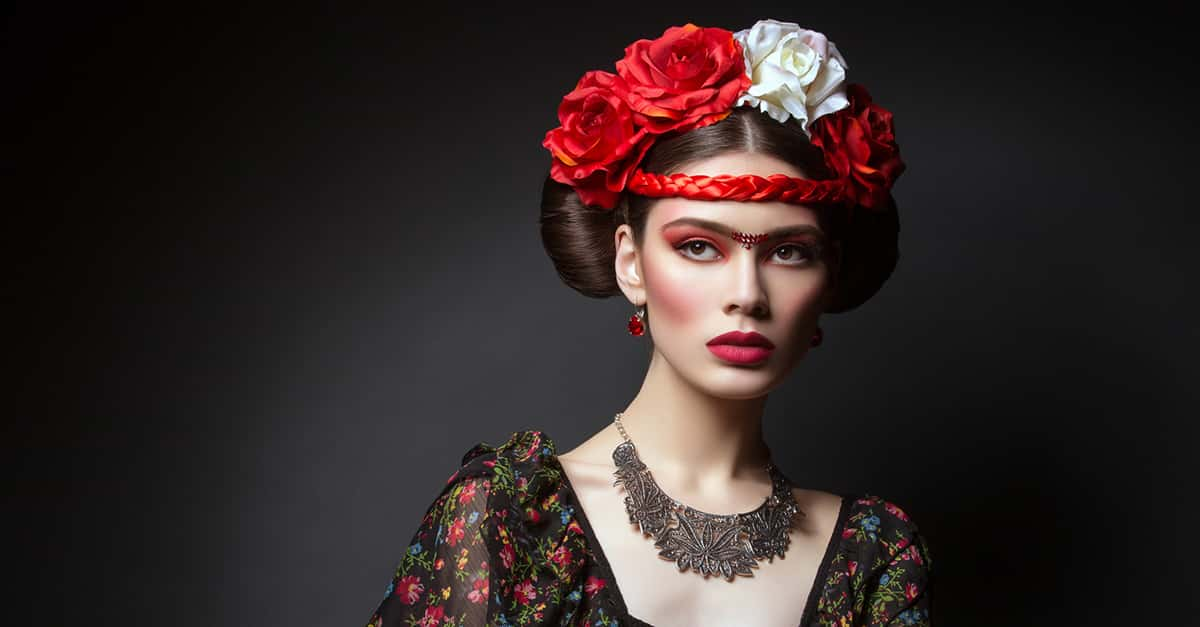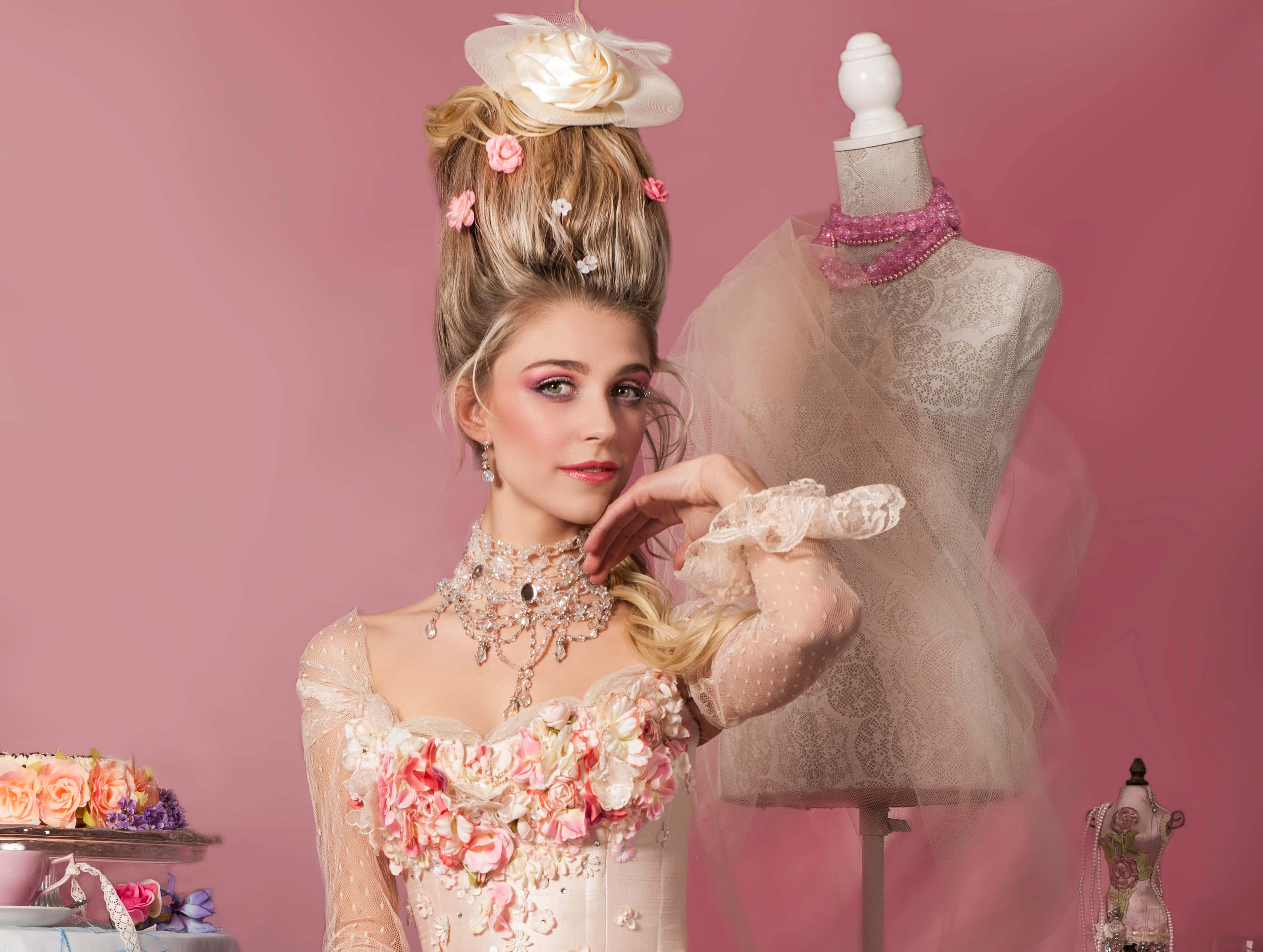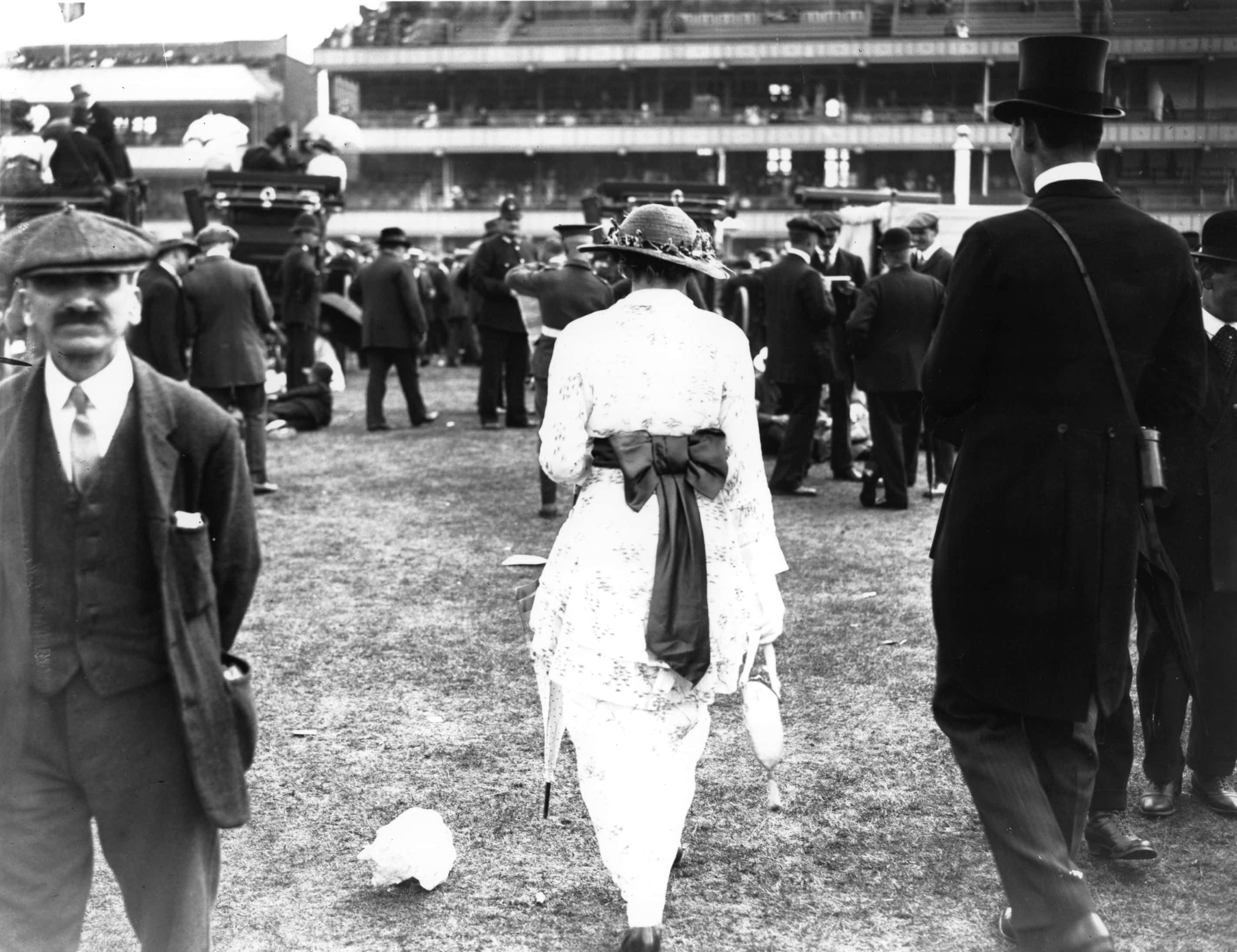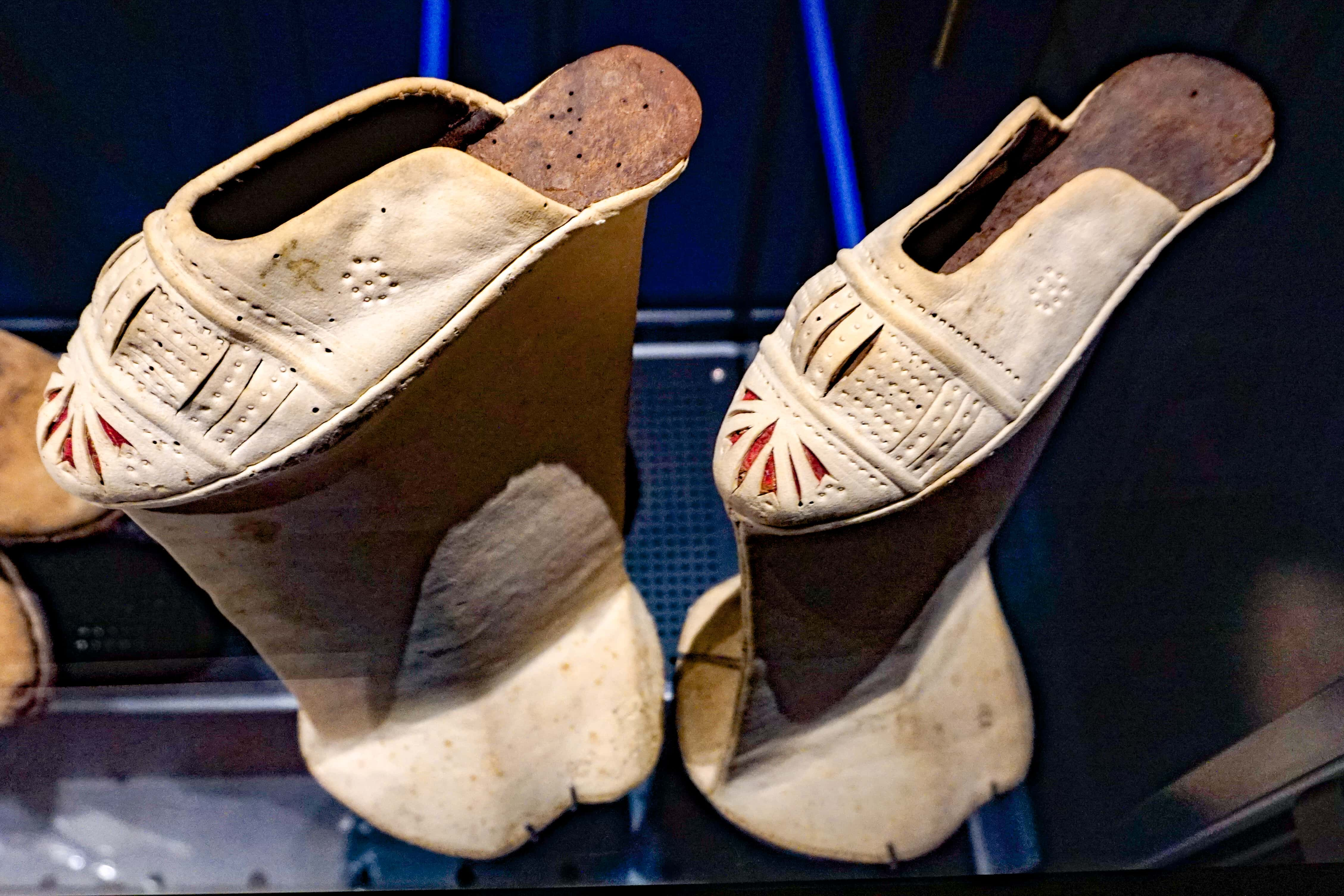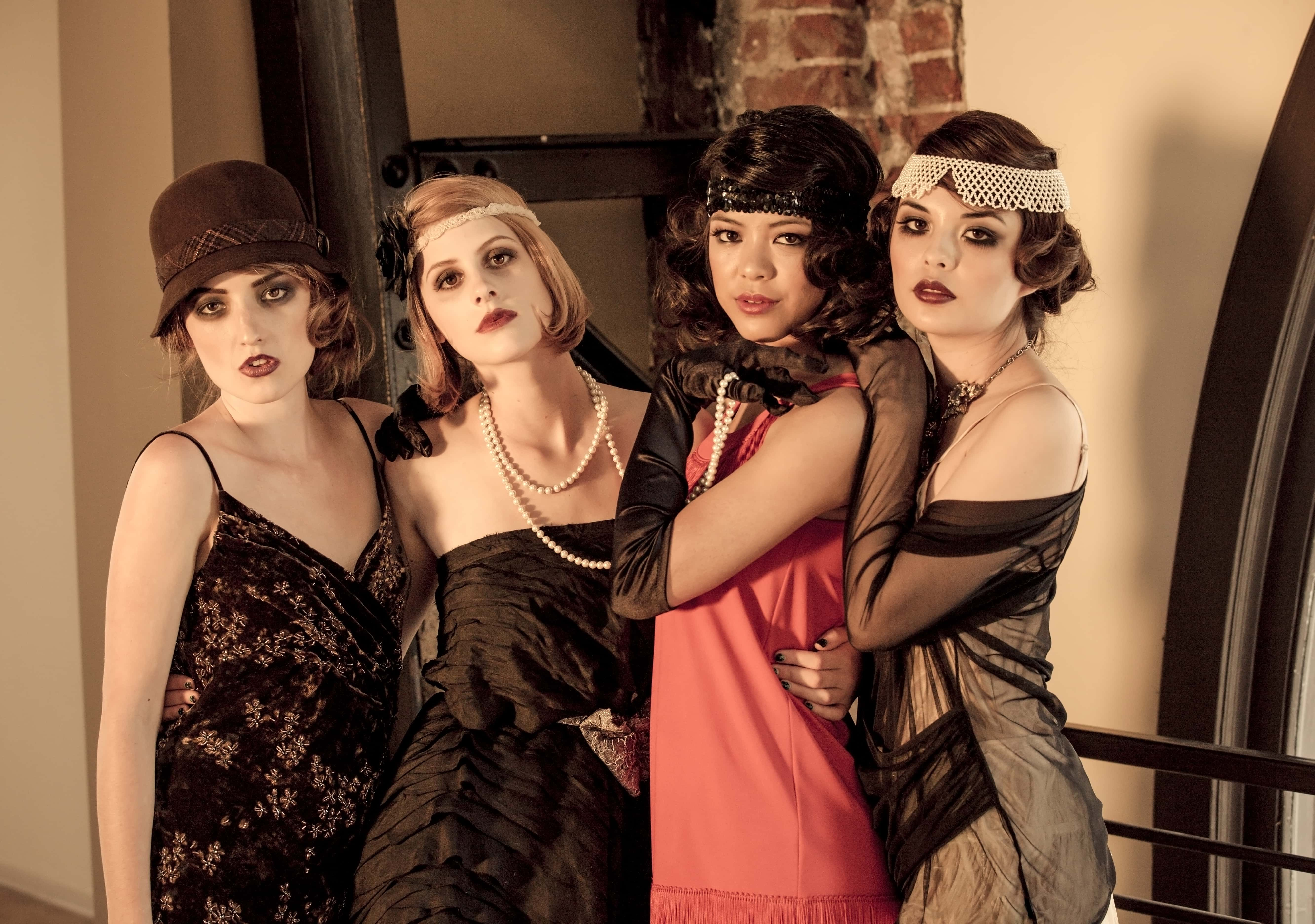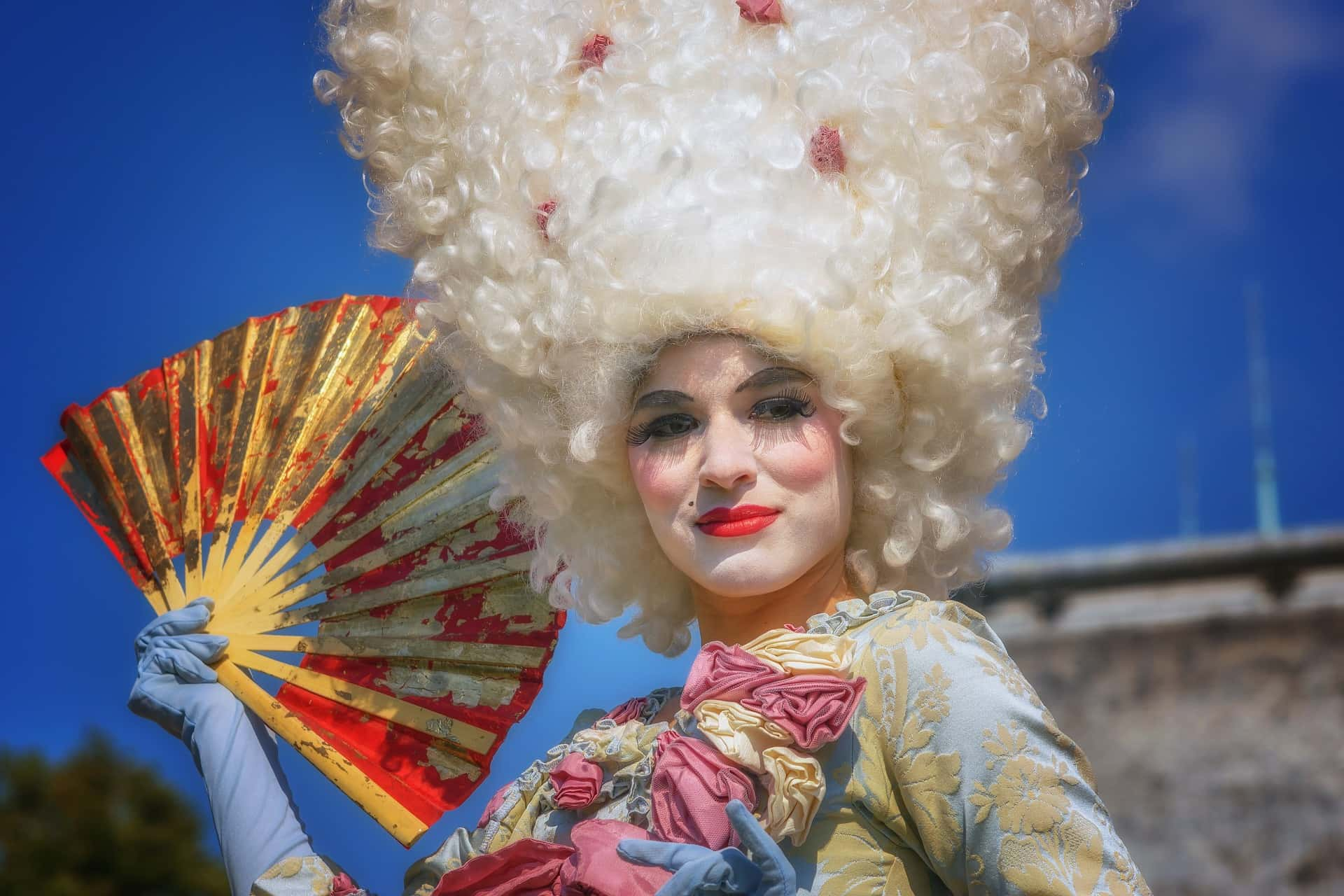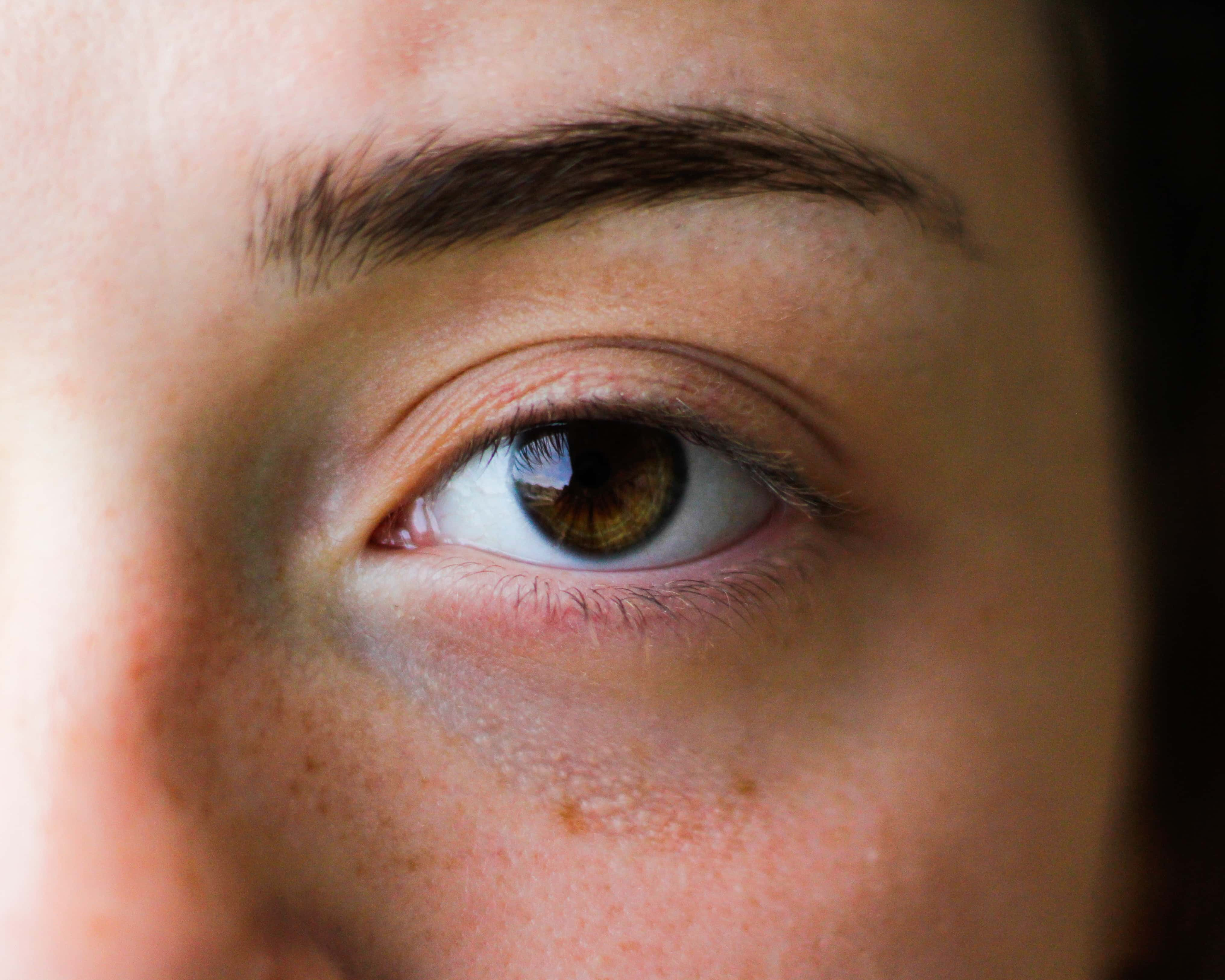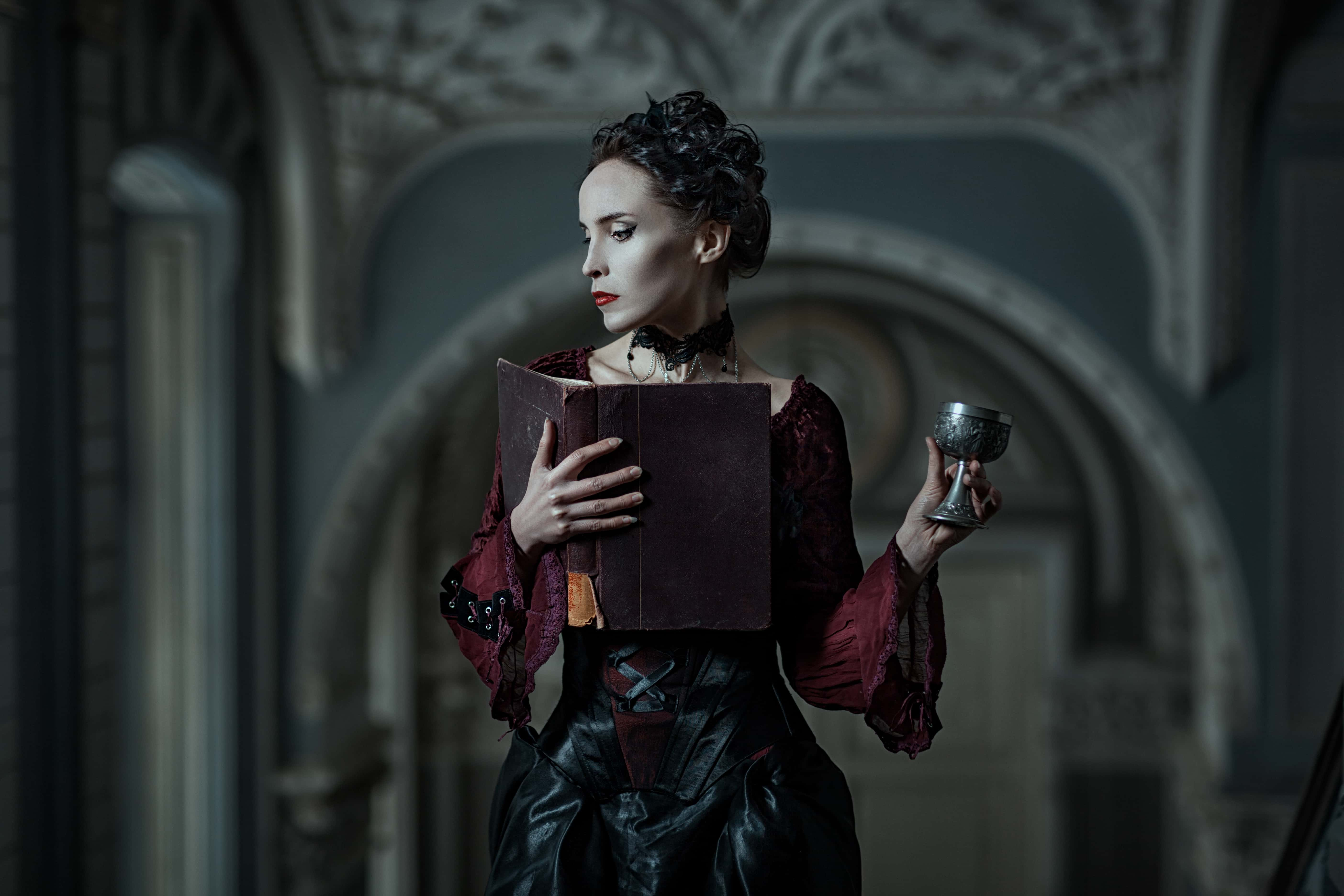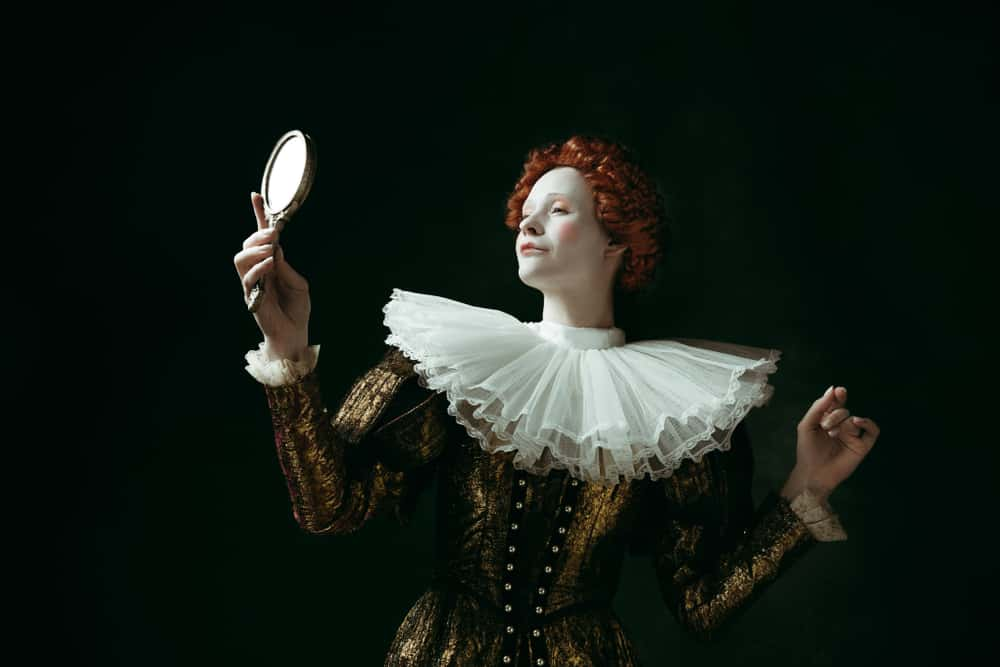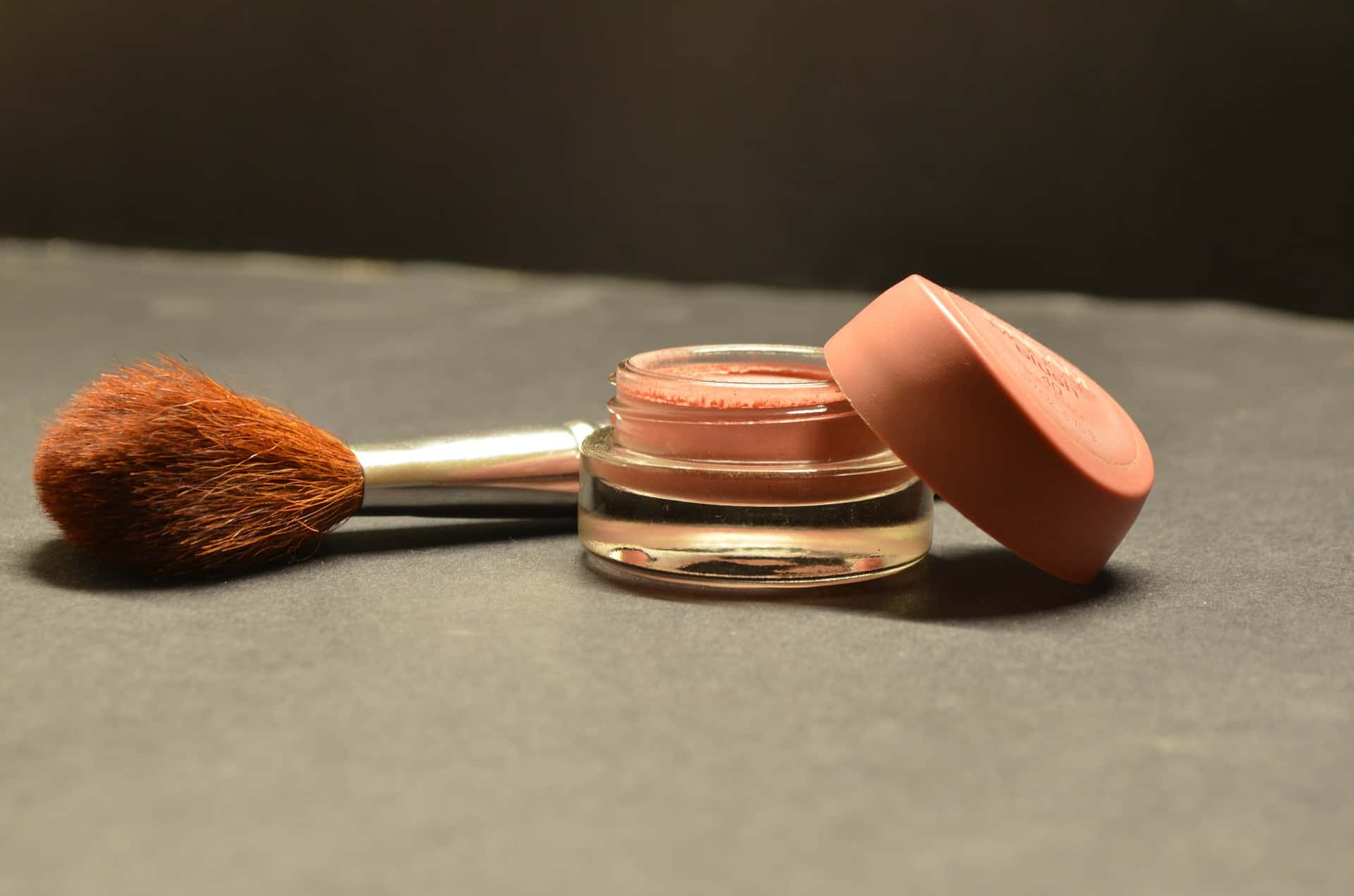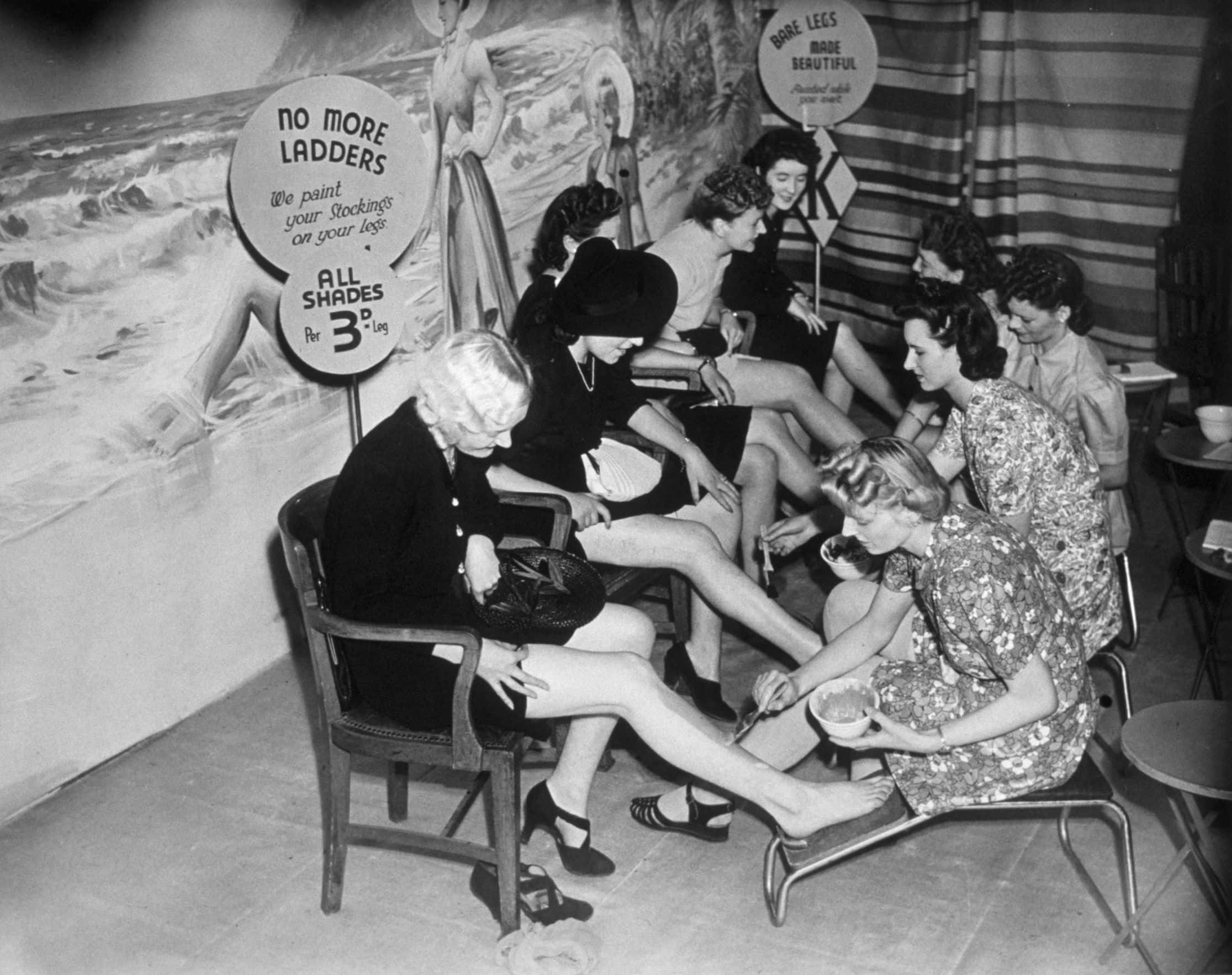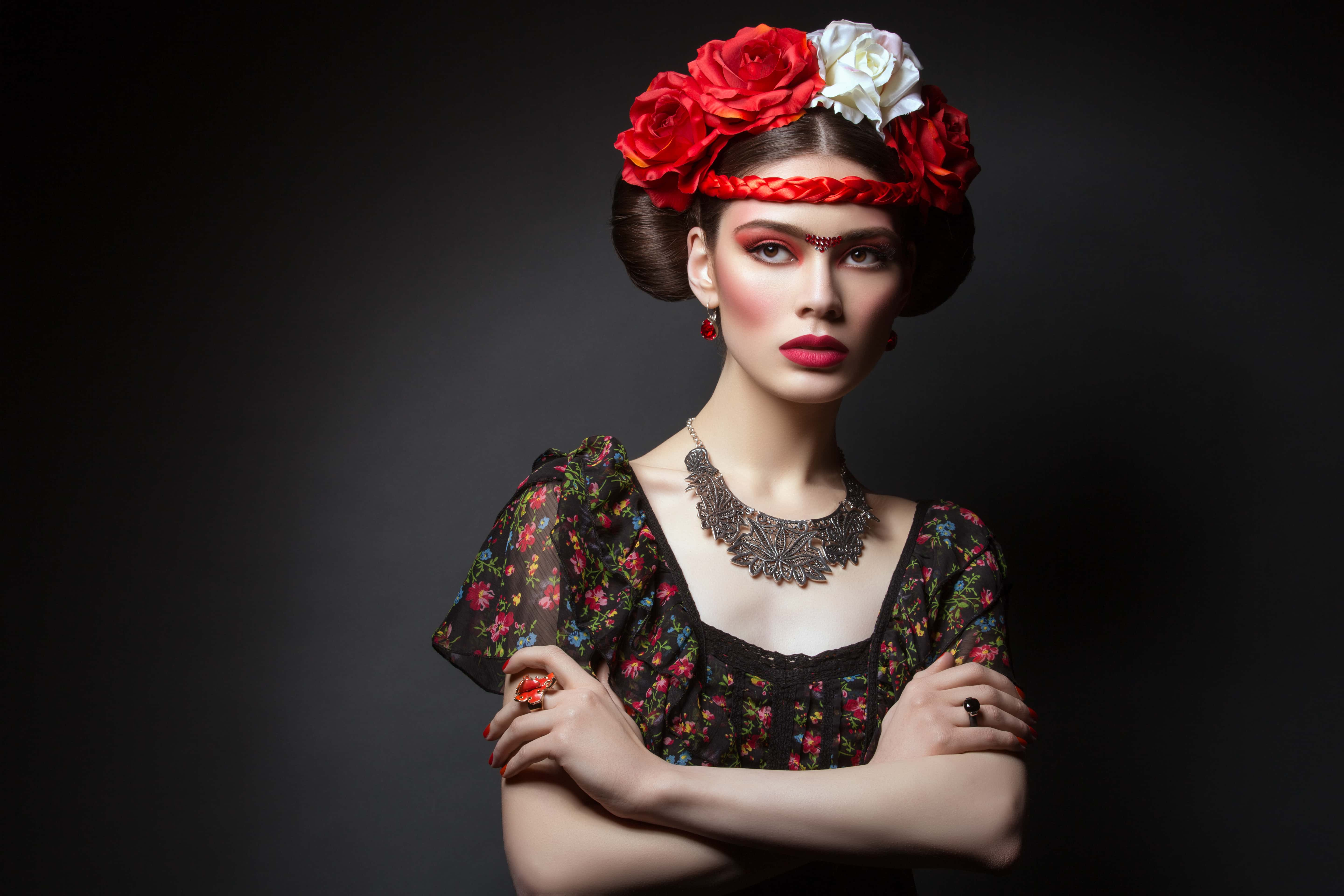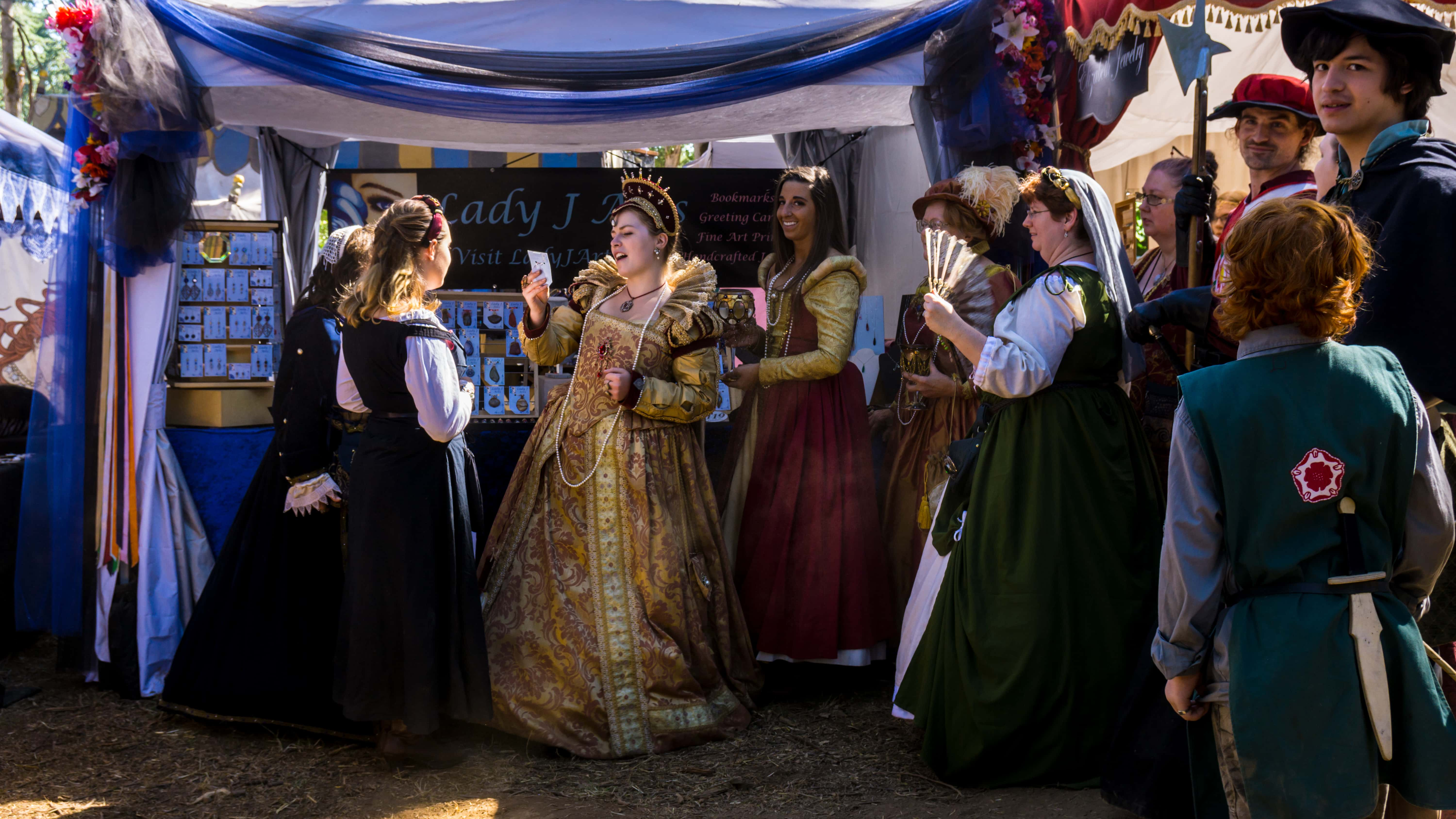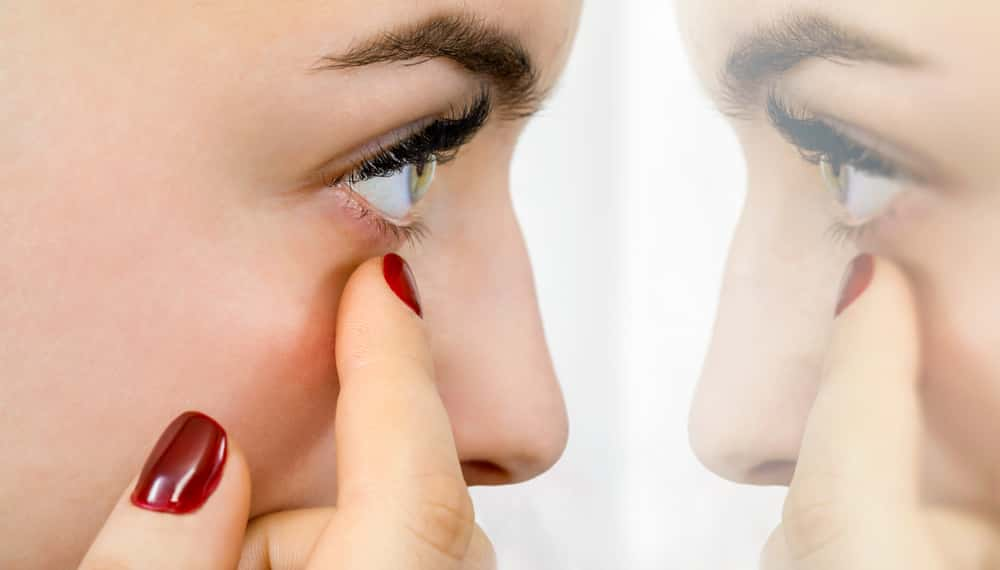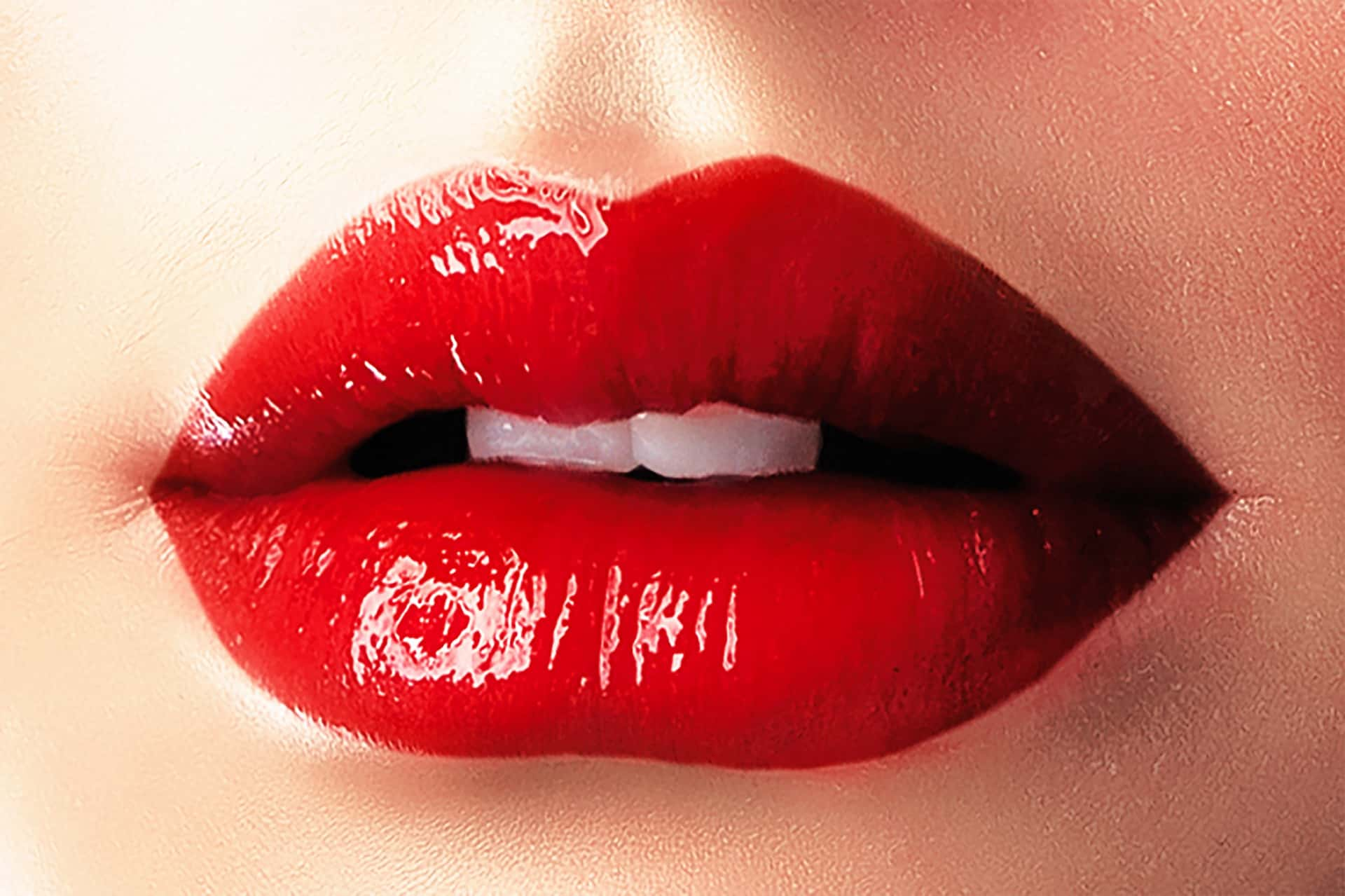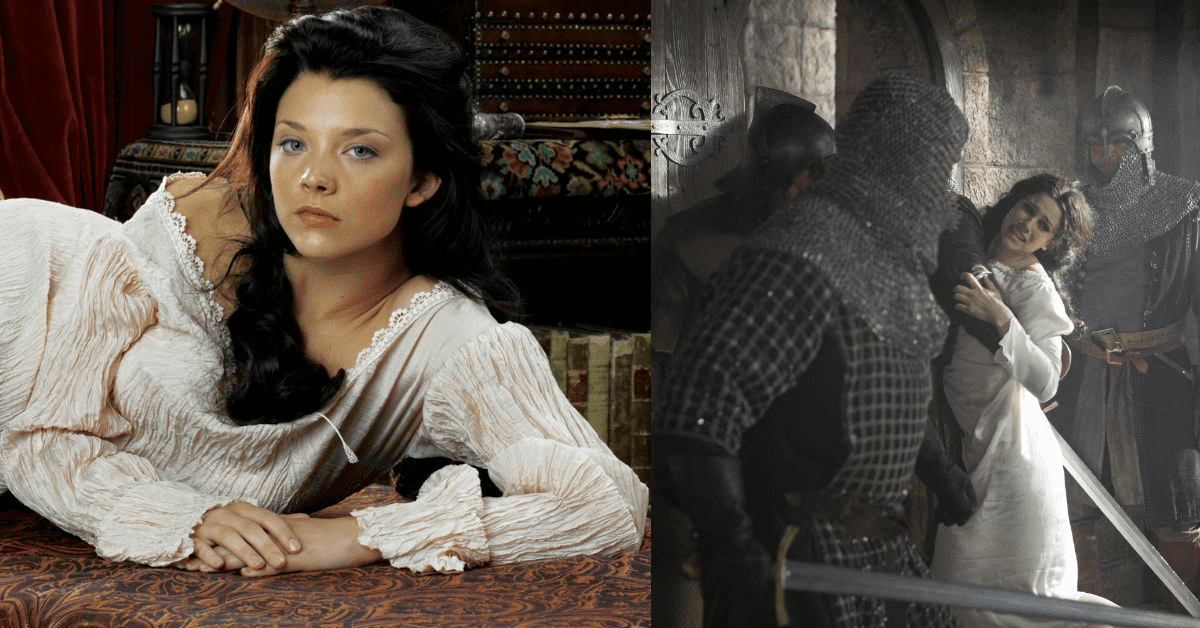"There is no exquisite beauty…without some strangeness in the proportion." —Edgar Allan Poe
They say that beauty is in the eye of the beholder, and nothing seems truer when looking back at the lengths we have gone to in the name of fashion.
Strange Historical Beauty Practices Facts
24. A Hairy Obsession
The pre-Revolution French court was famous for its extravagance. In addition to opulent garments, aristocrats also dabbled in some gravity-defying hairdos. Reported to go as high as 1 1/2 times the height of a person’s face, pyramidic wigs adorned women’s heads, and were decorated full of cushions, pins, and feathers.
23. Oxygen Is Overrated
Although the hourglass figure has always held a special appeal across Western cultures, the Victorians took their obsession to a whole new level in their use of corsets. These waist-cinching devices, while successful in achieving a "wasp waist," had some major health repercussions. Besides causing fainting spells, which the era’s ladies unsurprisingly became famous for, the restriction on women’s lungs likely worsened potentially deadly ailments like pneumonia and tuberculosis.

22. Between A Rock and A Hard Place
The early 1900s' “hobble skirt” bound a women’s legs together, resulting in slow, mincing steps and a flute-like silhouette. The fashion is aptly named considering that “hobbling” is also the term used for restraining farm animals by the same method. In lighter news, designer Paul Poiret meant for the hobble skirt to be an alternative to the corset, so women only had to choose between breathing or walking.
21. Isn’t She Sweet?
Although dental hygiene was not necessarily at its peak in Tudor England, Elizabeth I’s alleged fondness for sweets may have given her pearly whites an even darker tone. Since sugar was considered a luxury, some women then blackened their teeth both to emulate their queen and show off their wealth.
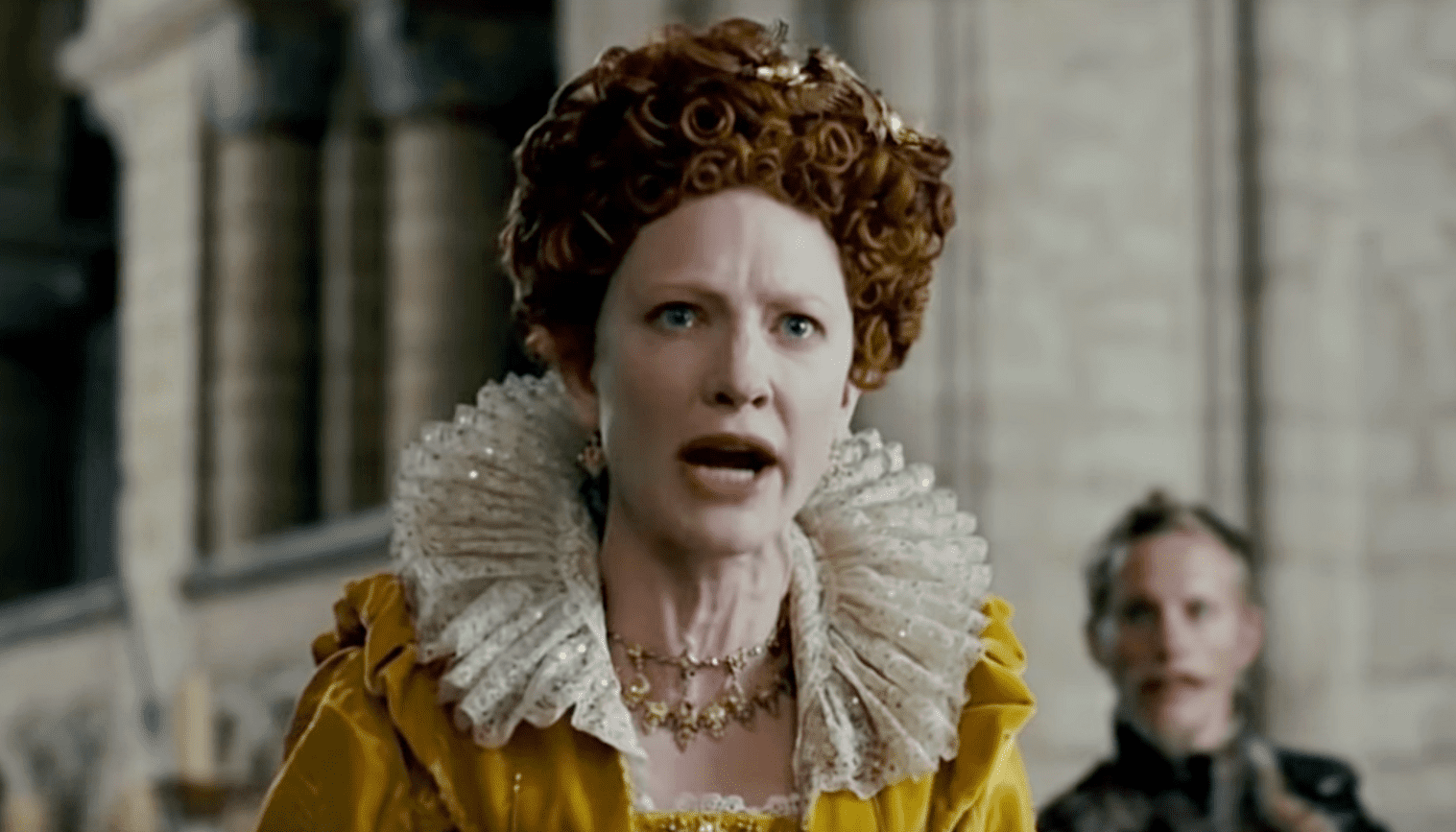 Elizabeth: The Golden Age, Universal Pictures
Elizabeth: The Golden Age, Universal Pictures
20. Desperate Measures
It turns out that men had their own version of the padded bra in the 15th and 16th centuries: the codpiece. Made to puff up a man’s member beyond natural proportions, paintings from the times affirm that these were made to be displayed.
19. The Band-Aid Solution
Back in the late 16th century, wealthy males became troubled by an outbreak of balding heads—and other foul-smelling symptoms of syphilis. In an ingenious move to kill two birds with one stone, elaborate powdered and scented wigs became all the rage in the effort to hide hair loss as well as the unpleasant odors associated with the illness.
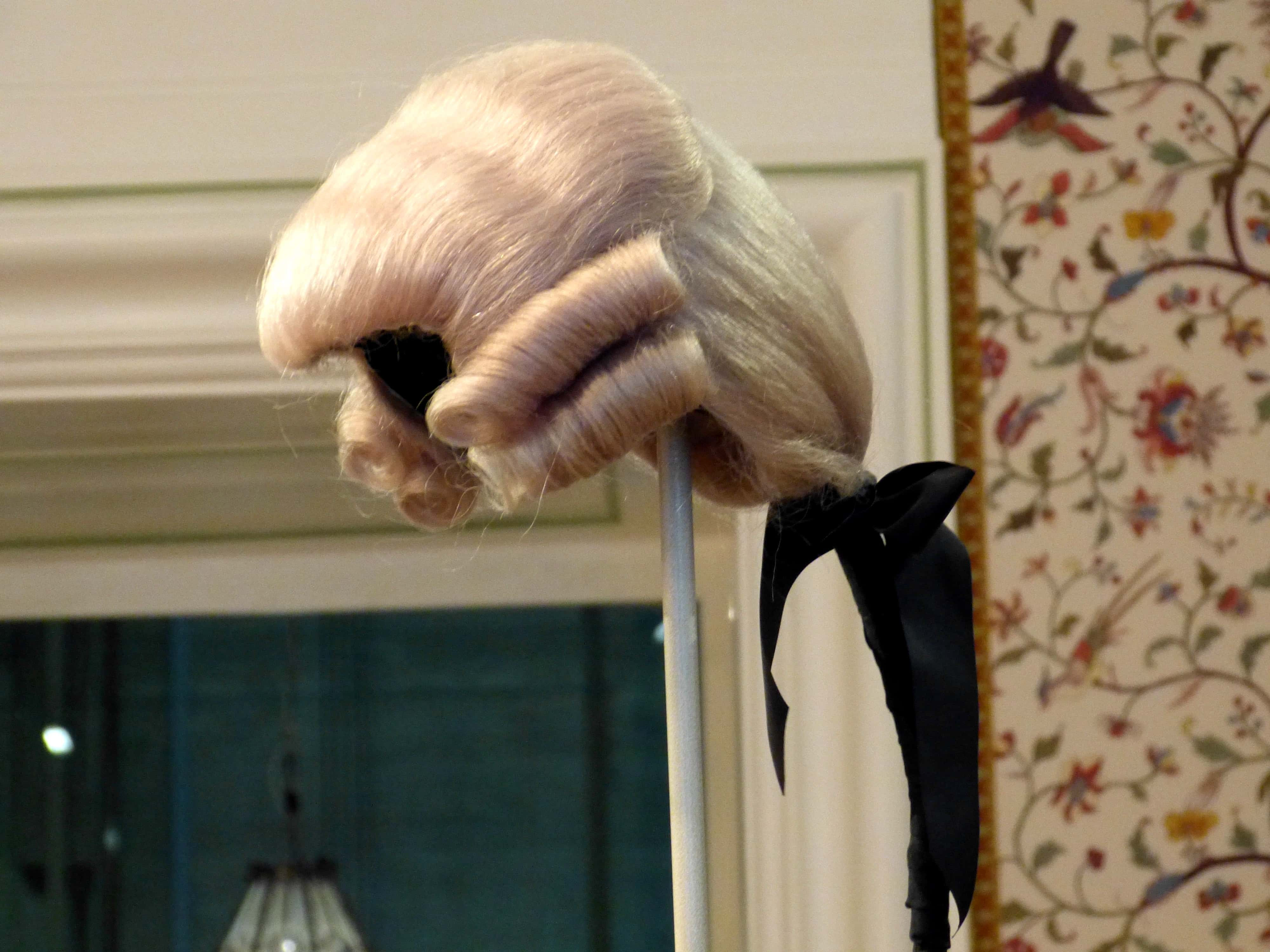 Wikimedia Commons, Wolfgang Sauber
Wikimedia Commons, Wolfgang Sauber
18. These Boots Weren’t Made for Walking
In the name of cleanliness, Venice’s wealthy women found a unique way to keep feet and dress hems clean during the Renaissance era: Chopines were invented as a tall platform to help women rise well above the filth when walking the streets. However, fashion turned the height of chopines into a status symbol, resulting in platform measurements of up to 20 inches. Chopine wearers eventually required attendants on hand to help keep their balance.
17. Real Women Have Lacers
The Roaring 20s marked a departure from the extreme hourglass figure of previous times. Boyish figures were in, and with the trend came the Symington Side Lacer. Unlike the corset’s emphasis on pushing up the bosom, the side lacer’s goal was to flatten out the chest for a sleeker silhouette. But, um, it's still pretty much a corset, right?
16. Nice to Mole You
No one can argue with the attractiveness of a well-placed mole. However, these beauty marks even came in a stick-on format during the 1700s. Imaginative trendsetters at the time wore moles in every shape imaginable, from stars to horse carriage scenes. Cindy Crawford would be proud.

History's most fascinating stories and darkest secrets, delivered to your inbox daily.
15. Trimming Terror
Contrary to the modern trend towards lashes with extreme volume and curl, the 1800s employed a more minimalist approach. Armed with castor oil for shiny eyelids in lieu of mascara, women trimmed down their lash lines. Maybe she's born with it, maybe she cut them all off for fashion.
14. So Vein
It’s no secret that paleness was a sign of high class for much of European history, but one related trend had women drawing over their skin with blue pencil to emphasize their veins and thus their pale skin (you know, just to get that newly-turned-vampire look).
13. Crossing the Line
England wins points for absolute commitment to an ideal: In the effort to accentuate facial length and draw attention to some serious forehead game, trendy women in the Middle Ages removed annoying distractors—such as eyebrow hair. If the forehead still wasn’t prominent enough, hairlines were fair game for plucking as well.
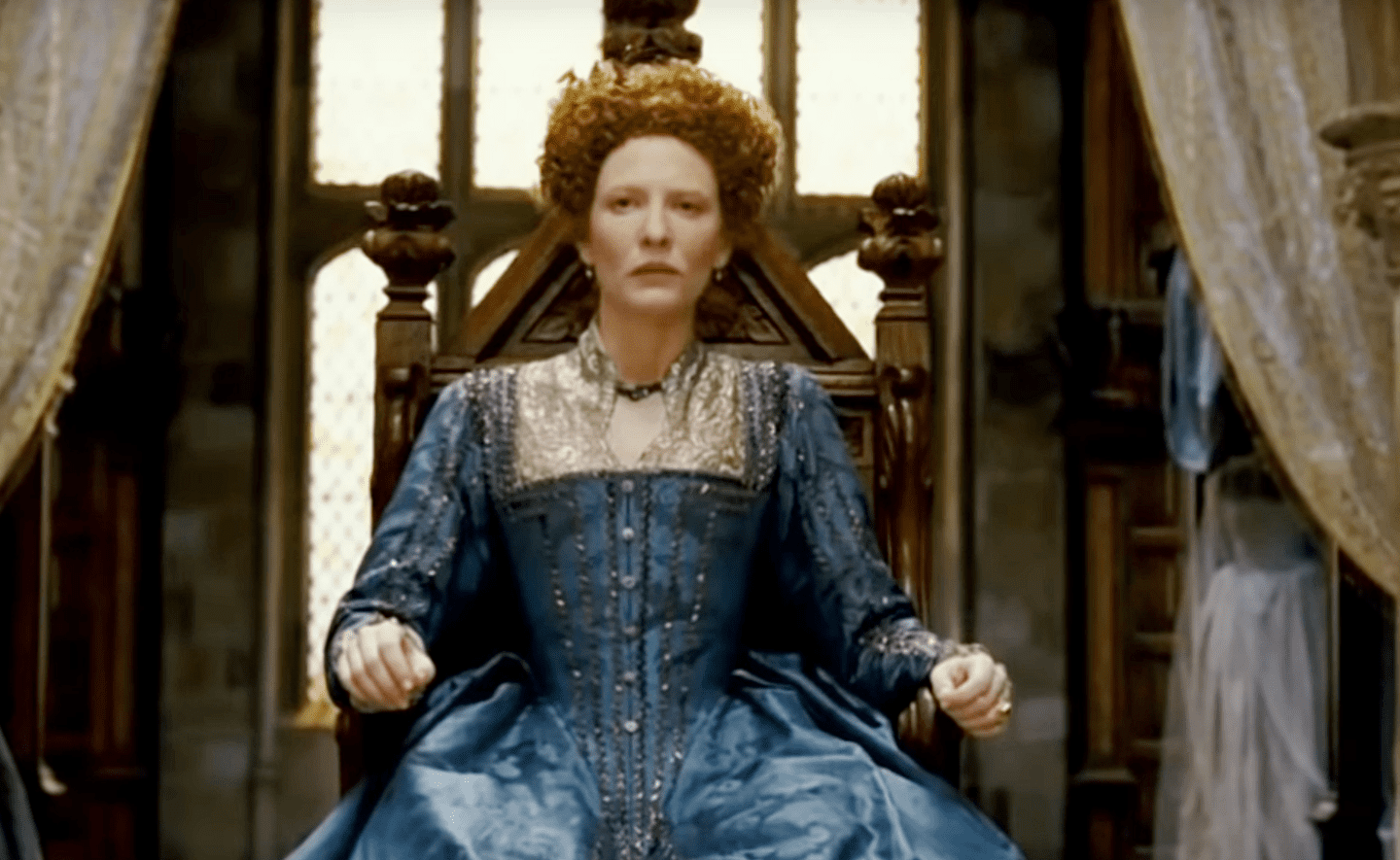 Elizabeth: The Golden Age, Universal Pictures
Elizabeth: The Golden Age, Universal Pictures
12. It’s All in the Fine Print
Move over, Jenny Craig! Meet the tapeworm diet. Women in the 1800s were encouraged to ingest tapeworms in their effort to be slim. While the promise of weight loss wasn’t necessarily a sham, the side effects of meningitis and epilepsy may have made the benefits a little difficult to enjoy.
11. Vegan Secrets
Blush didn’t always have the best reputation. However, ambitious DIY-ers wouldn’t have to look far beyond their neighborhood market for a subtle healthy glow. An early form of blush came from red beet juice or carmine. Points for creativity, but the jury is out on vegetable-scented cheeks.
10. An Ironic Twist
In the 18th century, white face powders were the thing. The unnatural, chalky complexion these powders produced may seem bizarre enough, but modern science cringes over a poisonous main ingredient used: lead. Ironically, lead-based makeup could cause unsightly skin, which could have resulted in a heavier use of the same deadly powder.
9. The Real Deal
It turns out that the use of lead-based makeup also caused hair loss, leading to many barren brows. Rather than drawing on fake hairs like today’s methods, some women resorted to pasting on fake eyebrows made of real mice pelts. Sorry, was that too polite? They glued mice skin to their faces.
8. Painting the Town
During WWII, there was a nylon shortage, and the market was soon flooded with paint-on leg coloring products designed to mimic the look of tan nylon on women's legs. Even LIFE magazine applauded the paint solution for its ability to trick “the most scrutinizing masculine eyes.”
7. Muscle Madness
During the codpiece era (#neverforget), men also enjoyed the display of a strong, masculine calf. King Henry VIII was renowned for his tights-busting lower legs, and it became trendy to pad calves for some serious curvature.
6. Better Together
The Greeks embraced a truly low maintenance beauty look: the unibrow. Yes, that’s right—no need for tweezers back in the ancient days. This singular stretch of hair was so desirable—it denoted intelligence—that separated brows were even joined using kohl or dark pastes.
5. A Burning Desire
Before the age of marketed hair removal options, women seeking smooth legs had to go to drastic measures. Through the burning (and not-so-safe) properties of arsenic and quicklime combined, DIY concoctions made their way into the painful toilettes of Elizabethan women.
4. What’s In A Name?
Some women of Renaissance Italy found a dangerous method to achieve (apparently attractive) enlarged pupils. Although squeezing drops of Belladonna (“Beautiful Woman”) caused their eyes to dilate, extended use eventually lead to blindness—after all, Belladonna is poisonous.
3. The Lesser of Evils
One ancient (actually popular with both the Ancient Egyptians and the more modern Elizabethans) seductive trend involved crushing up insects, such as beetles, and using their insides as a red lip paste. While this may not sound appetizing, the all-natural method does seem to hold some appeal against other poisonous home remedies.
2. When SPF Isn’t Enough
Freckles have had a rough time gaining acceptance throughout history. In the 1930s, however, some women took their desire for clear skin to the next level. Using nitrogen, freckles were targeted and literally frozen off the face in the fight against biology.
1. The All-Purpose Cleaner
In the not so distant past, Lysol, the household cleaning product, was also marketed to women as an intimate hygienic solution. If you didn’t think it was possible to simultaneously clean your bathroom and self-cleanse, then you must not be using Lysol. Alleged side benefit: the sex appeal-boosting effects could also bring the passion back into a cold marriage bed.

